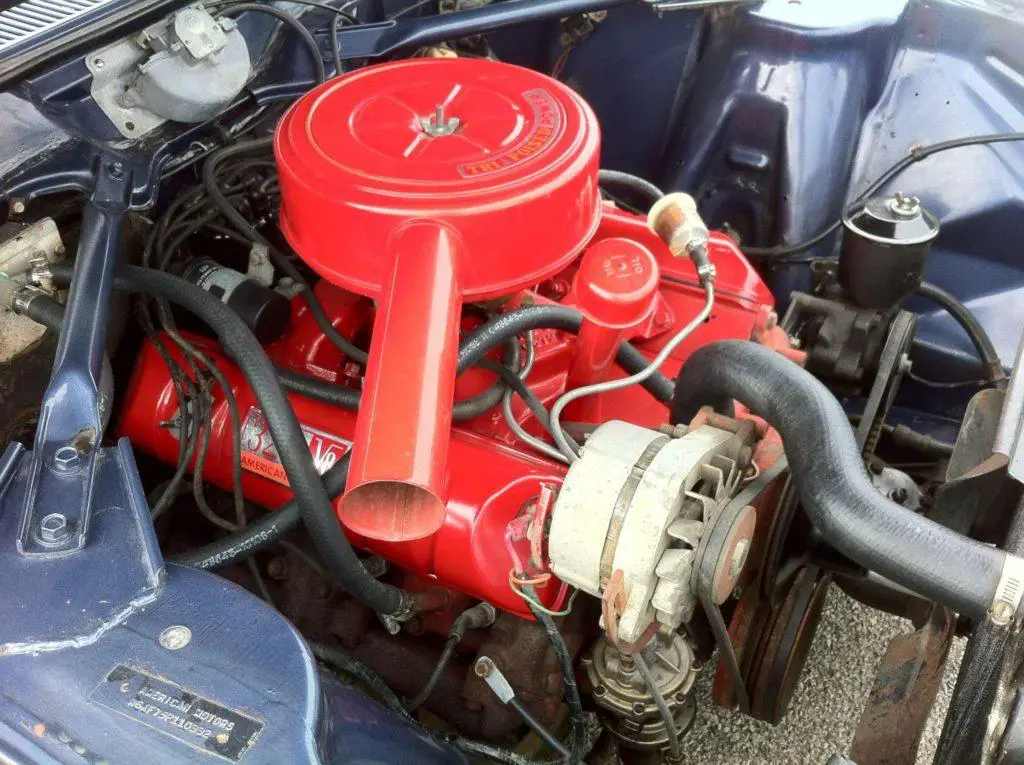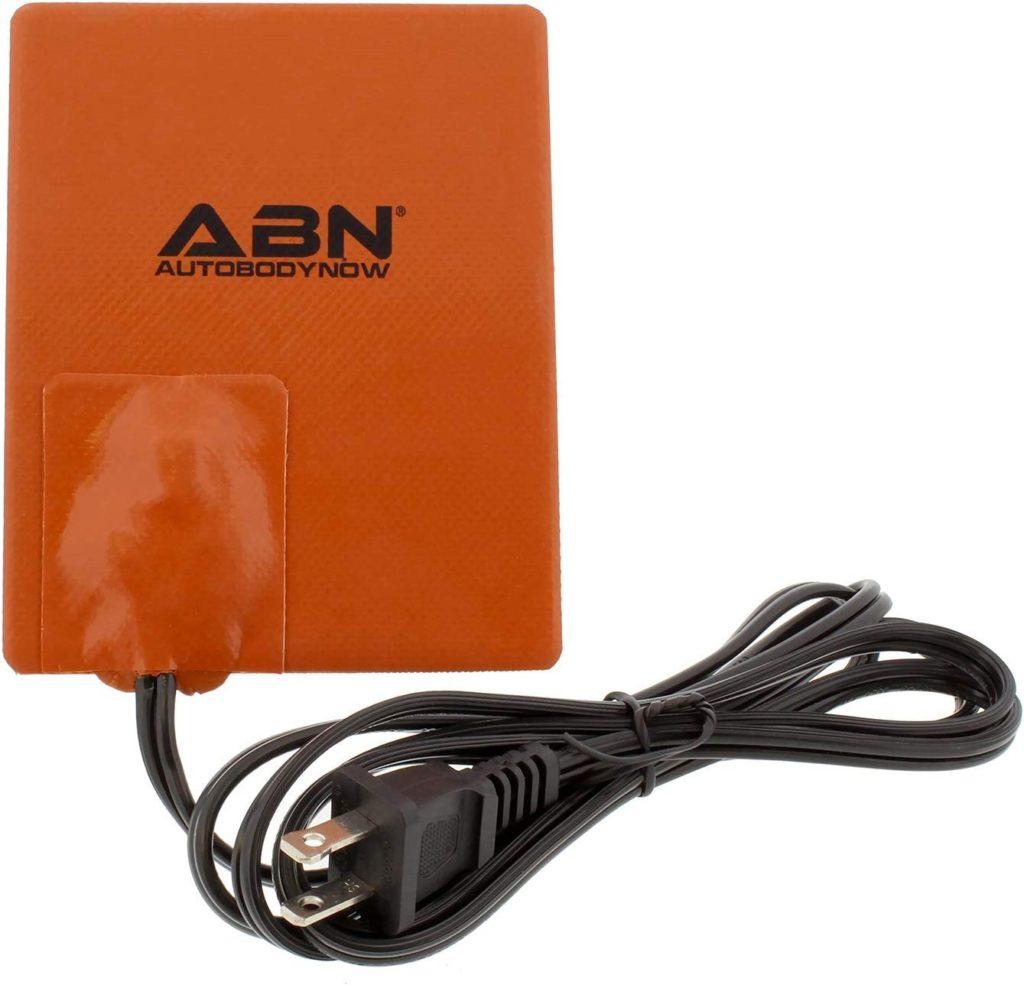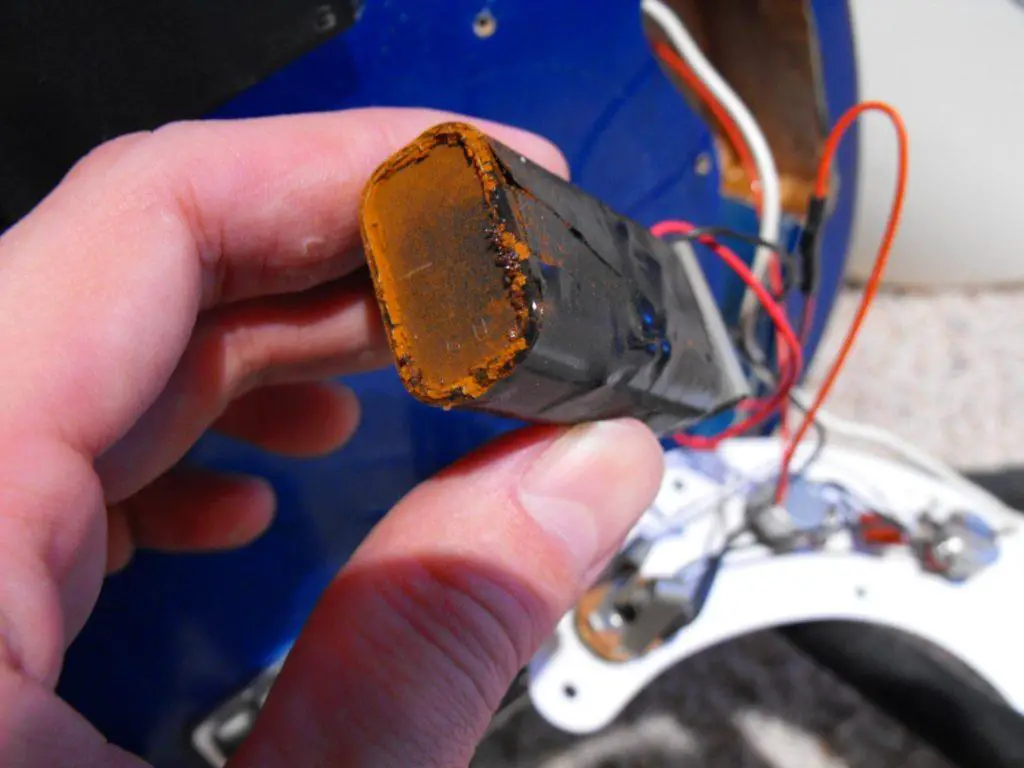When you’re on the road and your vehicle’s battery dies, you’ll notice that things are getting worse progressively. First, your car’s air conditioner will become slower and if it’s nighttime your headlight will get dimmer.
The electrical system of your vehicle will continue to draw the battery power and there will come a point when the battery light on the dashboard will turn on. At this stage, there won’t be enough power for the spark plugs or injectors to work properly and your engine will stop working.
So, there will be no confusion left that your car’s battery has died. In this article, we’ll discuss what to do when a car battery dies and leaves you stranded on the side of the road.
Things You Can Do When Your Car’s Battery Dies
The following are some effective methods that you can use to power up your car’s battery if it dies.
Get Your Alternator Checked
If your car battery dies while you’re driving, it most probably means that the charging system (alternator) of your vehicle has stopped working.

https://commons.wikimedia.org/wiki/File:1966_AMC_Ambassador_990_4-sp_convertible_AACA_Iowa_k.jpg
In this case, you’ll need to call a professional mechanic to check and fix the charging system. They’ll also need to charge the battery using a car battery charger or the jump-starting technique (discussed below) so that the battery can start working again.
Use a Battery Charger
If your car has been sitting in the driveway or garage for a long time and the battery has died, you’ll need to charge it manually. The easiest way to charge the dead car battery is to use a car battery charger.
You can use the steps listed below to use a manual battery charger to charge your car’s battery.
- Open the hood of your car to locate the battery terminals.
- Grab the crocodile connector of the charger’s red wire and connect it to the positive terminal of the car’s battery.
- Connect the crocodile connector of the charger’s black cable to any metal part, such as a bolt, of the vehicle, away from the battery. Don’t connect this connector to the negative battery terminal.
- Plug the car battery charger into the wall outlet and let it charge the battery.
- When the battery is fully charged, disconnect the negative wire and then the positive one and you’re good to go.
Push and Start
If you don’t have the car battery charger, another way you can start the car so that it can begin charging the battery is to use the push start technique. You’ll need the assistance of a couple of people for this method.
Place your car in a safe spot where it can move for about 20 to 30 yards in the forward direction. Insert the key and turn the ignition on. After that, put the vehicle into second gear after depressing the clutch.
Next, ask a couple of people to push the vehicle so that it can reach about 10 mph of speed. Then, let go of the clutch quickly and depress the accelerator partially at the same time to start your vehicle. It’ll also begin charging the battery.
Jump Start the Vehicle
You’ll only be able to use the push-and-start technique if you have a car with manual transmission. But what if you have an automatic transmission vehicle? In that case, you can use the jump-start method to charge the battery and start the engine.
For this method to work, you’ll need jumper cables and another running vehicle with a charged battery. You can phone a friend or look around you to find someone willing to help.
Once you have found the help, place the car with a charged battery beside yours so that the batteries of the two can be connected with jumper cables. Keep in mind that jumper cables have one black and one red lead and both of them have crocodile connectors at both ends.
First, you’ll need to engage the parking brakes of both cars. Then grab the red cable and connect one of its connectors to the positive terminal of the charged battery and connect the other connector to your battery’s positive terminal.
Next, you’ll need to connect one of the connectors of the black cable to the charged battery’s negative terminal. After that, connect the other black cable’s connector to any metal part of your vehicle’s body. It can be any exposed bolt or nut away from the battery.
It’ll start charging your battery and you’ll need to wait for a few minutes. To be on the safer side, ask the owner of the car with a charged battery to rev their vehicle’s engine.
Now, start your vehicle and let both vehicles idle for about 10 minutes, and you’ll be good to go. Make sure that you remove the black (negative) wire first, and then the red (positive) one.
Use a Block Heater
If you live in an area with extremely low temperatures, you might find it difficult to start the car, especially if you have a weak or worn-out battery. It happens because most car batteries contain liquid that becomes frozen and it fails to deliver the power required to start the engine.

In such a scenario, consider using a block heater to warm up the battery. If your battery starts after warming up, make sure that you get it checked as soon as possible. Otherwise, you’ll likely find your car battery dead the next morning.
Replace the Battery
If none of the methods discussed above work for you, consider replacing your car battery because the current one might have gone beyond repair. You can call a friend or family member or search for an auto repair shop nearby for battery replacement.
Get Professional Help
If your car still doesn’t work even after installing a new battery, there’s some other problem in the vehicle. You’ll need to tow your car and take it to an auto repair shop.
A certified and experienced mechanic will check your vehicle thoroughly to find out the underlying problem. They’ll also provide you with information on how to fix the problem properly so that it doesn’t appear again.
Why Do Car Batteries Die?
The following are the most common reasons why car batteries die.
Failed Charging System
There’s a component in each car with a battery, called an alternator, that converts mechanical energy produced by the engine into electrical power to charge the battery.
If the alternator of your vehicle goes bad, it’ll fail to charge the battery but the electrical system will continue to use the battery power until it fully drains.
Extremely Cold Weather
Parking a car with a weak or partially charged battery in an area with below 0-degree temperatures is a recipe for disaster.
As mentioned above, the liquid inside car batteries can freeze in extremely cold temperatures and they’ll stop working. It’s especially true if you already have a worn-out battery or it isn’t fully charged.
Lack of Battery Maintenance
Just like any other component of a vehicle, the car battery also requires maintenance to work optimally and have a long life.
Keeping your battery charged, topping up the battery liquid, and cleaning up the terminals, are all part of regular battery maintenance. Skipping any of these tasks will increase the likelihood of ending up with a dead car battery.
Corroded or Loose Battery Cables
It’s possible to have a healthy car battery that’s not working as intended. It can happen because of a faulty connection between battery cables and terminals.
If the battery terminals are corroded or the connection between cables and terminals is loose, the electrical supply won’t pass through. As a result, the power won’t reach the cables that are responsible to transfer it to the vehicle’s electrical system.

Turned On Electric Accessories
If you fail to turn off the accessories, such as the lights and radio, of your vehicle before leaving your car, they’ll continue to draw power from the battery. And the battery will fully drain if it happens for an extended period.
Some modern vehicles come with warning signs and sound when your accessories are on but the engine is off. But if you don’t have such a vehicle, you’ll need to be extra careful to make sure that you turn off everything before leaving the car.
Poorly Installed Accessories
Sometimes poorly installed accessories, such as GPS or car stereo, that need electric power to run are the reason behind a dead battery. The faulty installation makes these accessories continue drawing power from the battery even if the ignition is off and they lead the battery to deplete.
Driving Habits
If you need to drive your vehicle daily for only a few minutes, you’ll end up with a dead battery soon. That’s because short trips aren’t enough to fully charge the battery, causing it to deplete and die.
Final Words on what to do when a car battery dies
There are only a few things more frustrating than having a dead battery, especially when you’re in the middle of the road. However, you need to make sure that you don’t panic and park the car in a safe spot quickly.
After that, you can use any of the methods discussed in this guide to solve the dead battery problem. Lastly, don’t forget to understand the reasons why a car battery dies and try to avoid them. It’ll help you keep your battery working optimally and maximize its lifespan.

5 thoughts on “What To Do When a Car Battery Dies”
Comments are closed.